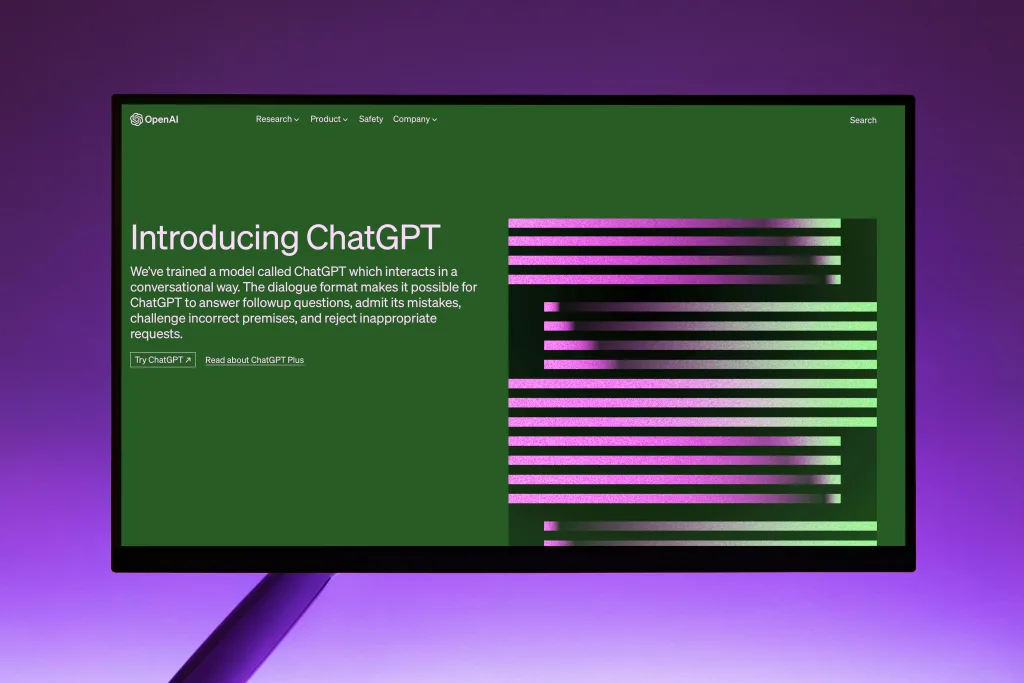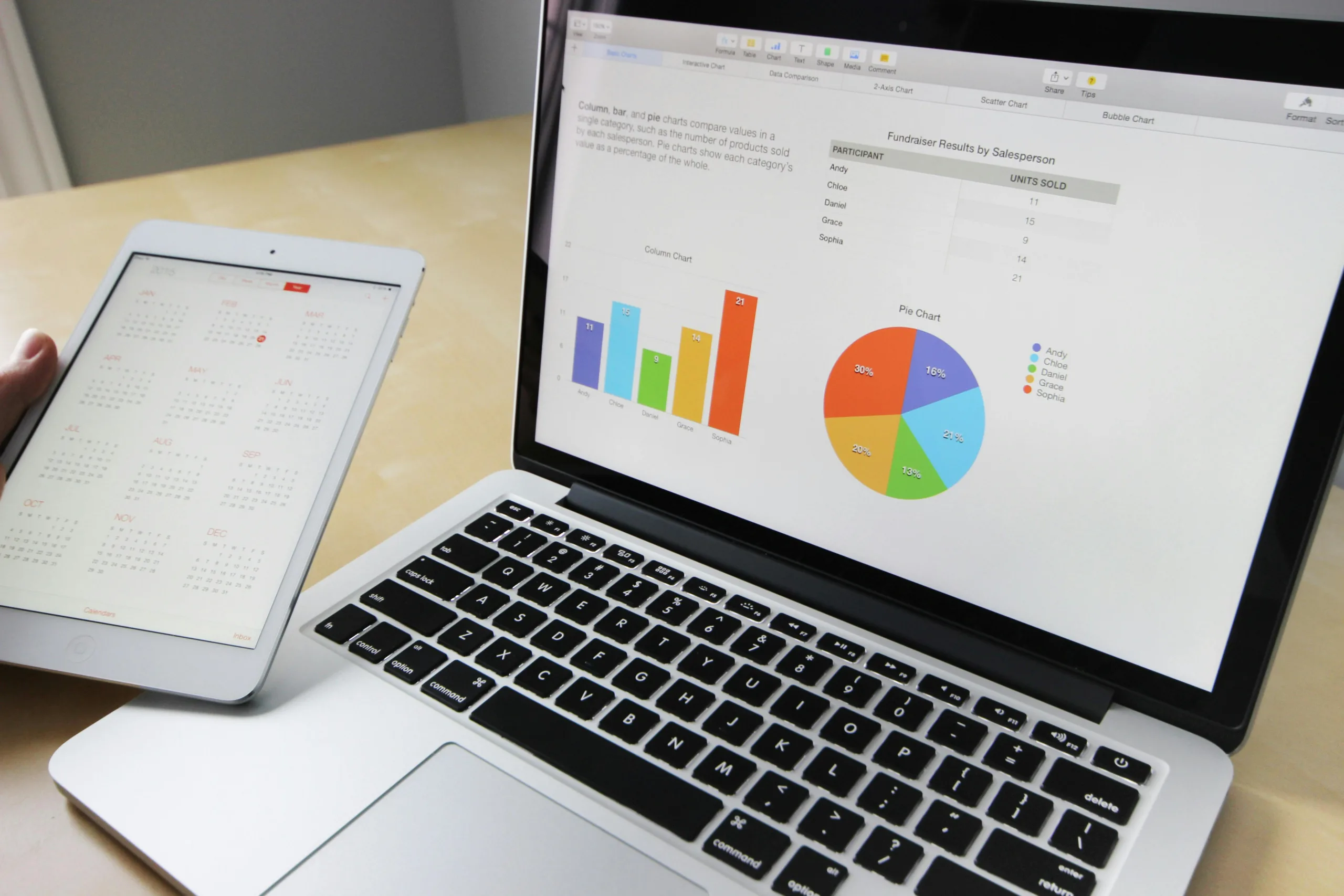Introduction
The global AI for SMEs market is projected to reach $8.6 billion by 2025, driven by tools that democratize access to machine learning and automation. For small and medium enterprises, the pressure to adopt AI is no longer optional—93% of SMEs that implemented AI in 2024 reported improved operational efficiency, according to a 2025 Gartner report. This guide on AI for SMEs cuts through the noise to deliver a tactical roadmap for SMEs, balancing technical depth with actionable steps.
But what does this mean for your business? Consider GreenThread Apparel, a 30-employee clothing manufacturer. In 2023, they struggled with delayed shipments due to manual inventory tracking. By 2024, they integrated AI-driven demand forecasting tools, slashing stockouts by 45% and boosting annual revenue by $220,000. This guide on AI for SMEs will show you how to replicate such success, step-by-step.
The Strategic Imperative of AI For SMEs in 2025

The post-pandemic economy has reshaped consumer expectations: 78% of customers now demand personalized, real-time interactions, a feat unachievable with manual processes. AI bridges this gap by automating workflows and enabling predictive analytics.
Case Study: Bella Boutique’s Inventory Revolution
Bella Boutique, a 15-employee fashion retailer, reduced inventory costs by 32% in 2024 using AI-driven demand forecasting tools like ToolsGroup. Here’s how they did it:
- Problem: Overstocking seasonal items led to $150,000 in unsold inventory annually.
- Solution: ToolsGroup’s AI analyzed 5 years of sales data, weather patterns, and social media trends.
- Outcome: The AI predicted demand with 89% accuracy, reducing excess stock by 32% and freeing up $50,000 in cash flow.
Key Drivers for 2025 Adoption

- Generative AI Maturation:
- Platforms like ChatGPT-5 and Claude 3.5 now offer SME-specific modules. For example, Jasper for Business automates contract drafting, reducing legal costs by 60%.
- Example: A 50-person marketing agency used ChatGPT-5 to generate client reports in 2 hours instead of 10, saving $12,000 monthly.
- Regulatory Shifts:
- The EU’s AI Liability Directive (2025) mandates transparency in automated decision-making. Tools like Fiddler AI provide “explainability audits” to ensure compliance.
- Impact: SMEs using ethical AI tools saw a 27% boost in customer trust, per a 2024 PwC Survey.
- Cost Collapse:
- AutoML platforms like Google Vertex AI reduced implementation costs by 60% since 2023.
- Case: A 20-employee logistics firm built a custom route optimization model for $300/month, cutting fuel costs by 18%.
A Tactical Roadmap for SME AI Implementation
Phase 1: Audit and Prioritization
Begin by mapping pain points. Use this 5-step audit framework in AI for SMEs:
- Process Mapping: Tools like Lucidchart visualize workflows.
- Example: A 50-employee logistics company found 22% of staff time was spent on invoice processing.
- Employee Surveys: Identify repetitive tasks.
- Customer Feedback: Use tools like SurveyMonkey to pinpoint service gaps.
- Financial Analysis: Calculate ROI potential (e.g., “Automating invoicing could save $15,000/year”).
- Prioritization Matrix: Rank tasks by impact vs. effort (see table below).
| Task | Impact (1-10) | Effort (1-10) | Priority |
|---|---|---|---|
| Invoice Processing | 9 | 4 | High |
| Social Media Management | 7 | 6 | Medium |
Phase 2: Tool Selection Criteria
Avoid “shiny object syndrome” with this checklist in AI for SMEs:
- Scalability:
- No-code platforms like Akkio grow with your business.
- Case: A startup used Akkio to scale from 100 to 10,000 monthly predictions without code changes.
- Integration:
- Ensure compatibility with tools like QuickBooks or Salesforce.
- Tip: Use Zapier to connect disjointed apps.
- Support:
- Prioritize vendors with 24/7 SME support, like Zoho Analytics.
Phase 3: Data Preparation
Poor data quality costs SMEs $15,000 annually on average. Follow this data hygiene protocol:
- Cleaning: Use Talend to remove duplicates and errors.
- Standardization: Format dates, currencies, and units uniformly.
- Enrichment: Add third-party data (e.g., weather APIs for retail demand models).
Case Study: FreshFarm Co.
This mid-sized agribusiness invested $3,200 in data hygiene in AI for SMEs:
- Before: Crop yield predictions were 58% accurate.
- After: Clean data boosted accuracy to 82%, saving $120,000 in wasted fertilizer.
Phase 4: Pilot Testing
Run a 6-8 week pilot with measurable KPIs. Use this pilot template in AI for SMEs:
- Goal: Reduce customer response time from 24 hours to 2 hours.
- Tool: Drift’s AI Chatbot.
- Metrics: Resolution rate, customer satisfaction (CSAT), time saved.
TechCraft Solutions’ Results:
- 55% of Tier-1 queries resolved without human help.
- CSAT scores rose from 3.8 to 4.6/5.
- Staff saved 15 hours/week, reallocated to high-value projects.
Phase 5: Full-Scale Deployment
Post-pilot, focus on these 3 pillars in AI for SMEs:
- Training:
- Use platforms like LinkedIn Learning for AI upskilling.
- Monitoring:
- Tools like Datarobot track model drift (e.g., accuracy drops over time).
- Optimization:
- A/B test AI outputs. Example: UrbanEats tested 3 staffing models, choosing the one that reduced labor costs by 18%.
2025’s Top AI for SMEs Tools

1. Google AutoML Vision
- Use Case: Detect defective products on assembly lines.
- Case: A furniture SME reduced returns by 25% using AutoML to flag scratches in real-time.
- Cost: 3/hourtraining+3/hourtraining+0.001/prediction.
2. Jasper for Business
- Use Case: Generate SEO-optimized blog drafts in 10 minutes.
- ROI: A digital agency saved 40 hours/month, reallocating time to client strategy.
3. Symanto Insights
- Use Case: Analyze customer reviews in 35+ languages.
- Example: A hotel chain discovered “noisy rooms” was a top complaint, leading to $200,000 in soundproofing upgrades.
4. UiPath Automation Cloud
- Use Case: Automate payroll processing.
- Impact: A 100-employee firm cut payroll errors by 90%, saving $8,000/year.
Cost Comparison Table
| Tool | Use Case | Monthly Cost (2025) | Best For |
|---|---|---|---|
| Akkio | Predictive Analytics | $99 | Startups |
| Tidio AI Chatbot | Customer Support | $49 | E-commerce |
| Microsoft Power BI | Business Intelligence | $20/user | Data-driven SMEs |
Ethical and Operational Risks in 2025
1. Bias Mitigation
- Problem: 34% of SME AI models exhibit bias (MIT Study, 2024).
- Solution: Use Fairlearn to audit hiring algorithms.
- Example: A recruitment firm reduced gender bias in job ads by 40% using Fairlearn.
2. Over-Automation
- Problem: A bakery’s AI doubled cupcake orders during a flour shortage, wasting $12,000.
- Fix: Implement human-in-the-loop (HITL) checks for critical decisions.
3. Cybersecurity
- Threat: AI tools caused 80% of SME data breaches in 2024.
- Defense: Deploy Darktrace for real-time threat detection.
- Case: A law firm blocked a ransomware attack by detecting anomalous data transfers.
Future-Proofing Your AI for SMEs Strategy
1. Hyper-Personalization
- Tool: Dynamic Yield tailors product recommendations using AI.
- ROI: A beauty brand increased conversions by 22% by suggesting products based on skin type.
2. AI Governance Frameworks
- Standard: Adopt ISO/IEC 42001:2025 for compliance.
- Example: A fintech SME avoided $50,000 GDPR fines by certifying its credit-scoring model.
3. Quantum Readiness
- Trend: Quantum machine learning (QML) will revolutionize AI by 2030.
- Action: Partner with AWS for early access to Braket, a quantum cloud service.
Conclusion
AI implementation is no longer a binary choice but a survival tactic for SMEs. By 2025, businesses ignoring AI for SMEs will face a 20% revenue decline compared to adopters, per Accenture. Start small, prioritize high-impact use cases, and continuously monitor ROI.
Read other AI-related blogs on Kalikablog.




